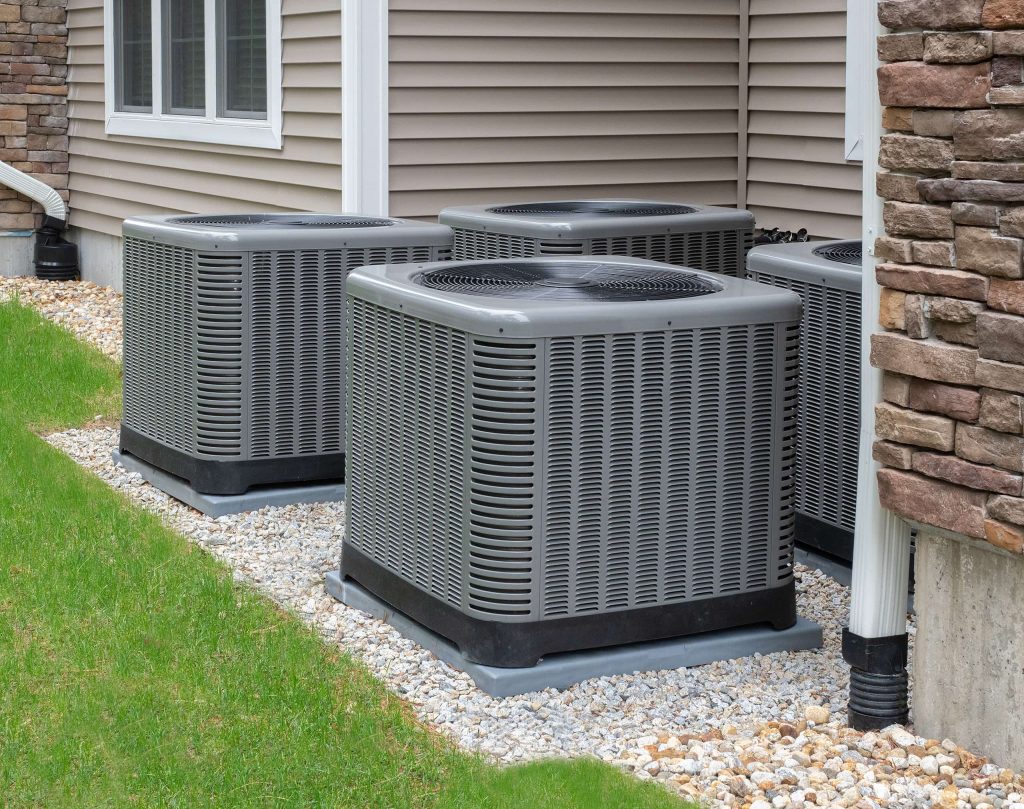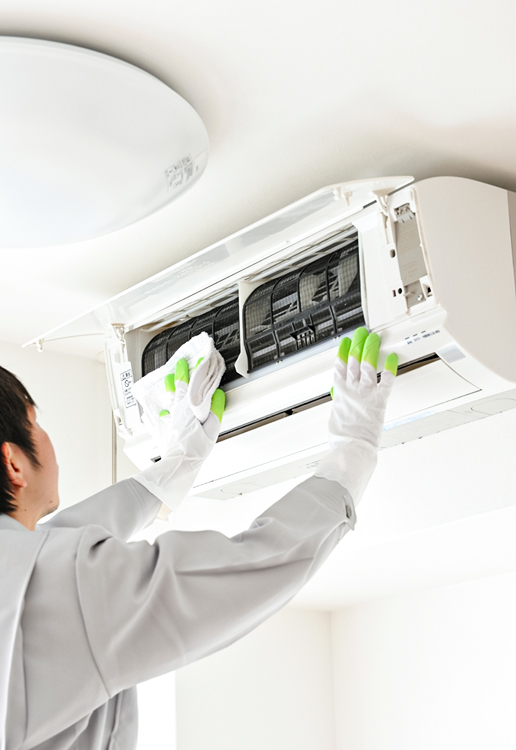Can You Live In Arizona Without Air Conditioning
Arizona is home to some of the hottest temperatures in the United States. With its dry climate and sunny days, it can be difficult to stay cool without air conditioning. But is living in Arizona possible without air conditioning?
This article examines how Arizonans are able to survive such high temperatures while minimizing their use of energy-intensive cooling systems. It also looks at different strategies for staying comfortable during hot summer months.
Finally, the article explores what impact this type of lifestyle has on individuals’ health and well-being as well as on local environmental conditions. By exploring all these aspects, a clearer understanding can be gained about whether or not one can live in Arizona without air conditioning.

Overview Of Arizona Climate
Arizona is located in the southwestern region of the United States. It has a desert climate that can be very hot and dry during summer months, with temperatures reaching up to 120 degrees Fahrenheit (49°C) in some areas.
The state also experiences extreme heat waves from May through September, with average highs ranging from 90–110 °F (32–43 °C). Annual precipitation levels are low, averaging approximately 12 inches (30 cm) statewide.
Winters tend to be mild throughout most of Arizona but temperatures can drop below freezing at night in some parts of the state. Snowfall occurs primarily in higher elevations, such as Flagstaff or Prescott. Average lows range from 30-50 °F (-1–10°C). Despite these cold temperatures, there are still days when it may get warm enough for outdoor activities like hiking or biking.
In general, Arizona’s climate is characterized by extremely hot summers and mild winters; however, due to its diverse terrain and elevation ranges, temperature and precipitation patterns vary across the state.
Adapting To The Heat
Arizona’s hot climate can be a challenge to adjust to without air conditioning. There are, however, ways of adapting and surviving the heat that do not include using an air conditioner. One strategy is to keep curtains drawn during the day hours in order to block out direct sunlight from entering windows.
Additionally, keeping shades drawn helps reduce temperature inside by up to 20 degrees Fahrenheit. Furthermore, fans should be used instead of relying on cooling appliances as they cool more efficiently due to their ability to circulate air around a room. During extremely hot days, it may also be beneficial for people living in Arizona without air conditioning to go outside at night when temperatures have cooled down significantly.
Finally, drinking plenty of fluids throughout the day will help individuals stay hydrated and comfortable despite the high temperatures.
Insulating And Ventilating Your Home
Insulating and ventilating your home is an important step in living in Arizona without air conditioning. Adequate insulation can help reduce the amount of heat that enters the house, reducing strain on cooling systems.
Properly insulated attics, walls and floors all play a part in providing comfort during hot summer months. Additionally, sealing any gaps or cracks around windows and doors can further minimize outside temperatures entering your home.
Proper ventilation within the home should also be considered as it allows warm air to escape while still maintaining energy efficiency. This can include installing exhaust fans in bathrooms and kitchens as well as using ceiling fans to circulate cooler air throughout the residence.
Installing window screens is another helpful measure since they keep out unwanted bugs while allowing fresh air to enter at night when temperatures are cooler. All these strategies contribute to creating a more comfortable atmosphere with less reliance on air conditioning unit’s which consume large amounts of energy.

Taking Advantage Of Natural Breezes
Living in Arizona without air conditioning is possible if one takes advantage of the natural breezes that occur. Natural breezes can be used to cool a home, especially during the cooler months such as spring and fall. The key to utilizing this method successfully is proper placement of windows and doors throughout the house or apartment.
It is important to place them strategically so that they can take advantage of prevailing winds which vary from season to season. Additionally, it may help to put fans in specific areas for maximum circulation of air and cooling effect.
Using these techniques, temperatures inside a home can remain comfortable even on very hot days. When done correctly, this approach has been known to reduce energy costs significantly and avoid any need for air conditioning altogether.
Furthermore, using natural breezes provides an eco-friendly solution that does not emit harmful greenhouse gasses into the atmosphere like conventional AC units do.
Utilizing Shade And Other Barriers To Block Sunlight
Shade and other barriers can be effective in reducing the amount of sunlight that reaches a building or area. Natural elements such as trees, bushes, walls, and fences can provide shade to reduce heat gain from direct sunlight. Shade created by these natural elements should not be underestimated; they can significantly decrease the temperature inside an Arizona home without air conditioning.
Artificial structures like pergolas, gazebos, and trellises are also useful in blocking out sunshine while providing ventilation during the hot summer months. Additionally, using window treatments such as curtains or blinds can help keep out excessive sunlight while allowing some light into the room.
Utilizing sun-blocking films on windows is another option for blocking harmful UV rays from entering a home. With proper planning and knowledge about shading techniques, it is possible to live comfortably in Arizona without air conditioning.
Using Fans And Humidifiers
Using fans and humidifiers in Arizona can help reduce the discomfort caused by heat without air conditioning. A fan circulates air which helps to make a room feel cooler, since it moves hot air away from the body. An evaporative cooler, or swamp cooler, uses less energy than an AC unit and is best used during periods of low humidity when temperatures are below 90 degrees Fahrenheit.
The device works by drawing in warm, dry air then cooling it with water before sending out the cooled air. Humidifiers also help keep rooms comfortable by adding moisture to the air that can help cool off occupants. Increasing indoor relative humidity up to 60 percent has been found to be beneficial for comfort levels during hot weather conditions.
Both fans and humidifiers should not be used if allergy symptoms worsen or other health problems arise as a result of their use.

Alternatives To Standard Air Conditioners
In addition to using fans and humidifiers, there are other alternatives for keeping cool in Arizona without air conditioning. Installing window films can help block out heat from entering the home by reflecting sunlight away from windows.
Reflective awnings or sunshades can be used over exterior windows that receive direct sunlight throughout the day. Planting trees around the house can also provide shade and cooling effects as long as they are placed on the side of the house most directly exposed to sunlight.
Finally, choosing light-colored roof materials when building a new home can reduce absorbance of solar energy into attic spaces, helping keep overall temperatures lower inside the home. While these methods may not completely replace air conditioning units, they can certainly help maintain cooler indoor temperatures during hot summer months in Arizona.







